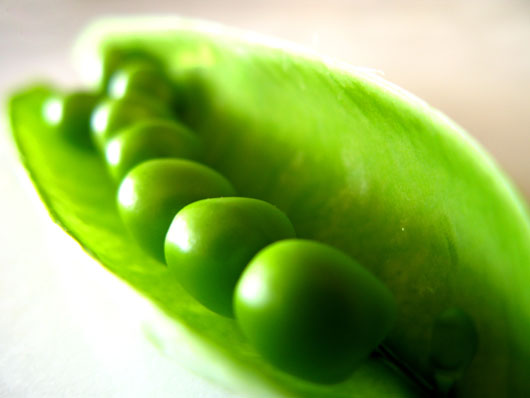Do you remember the SunChips bag redesign revolution? Or perhaps you remember hearing the chip bag itself, because of the excessively loud, crinkling noises generated by Frito-Lay’s innovative, 100% compostable packaging. Disappointingly, after years of design, prototyping, testing and marketing, Frito-Lay hushed the eco-friendly bag campaign because it is causing too much noise. Literally.
What can be learned here? The idea is good, the company’s heart and mind (and finances) were in the right place yet the design failed to meet user expectations where no one anticipated there would be an issue. Would you buy a product sealed in a package that’s louder than a subway train (at 95 decibels, according to Fast Company) when opened, even if it was 100% compostable and biodegrades after a mere 14 months?
Apparently, the more than 52,000 Facebook fans of the “Sorry But I Can’t Hear You Over This Sun Chips Bag” group were not be opening their wallets, or any compostable SunChips bags, anytime soon. Frito-Lay’s brand-owners, to their credit, are still committed to sustainable ideals and have indicated that they will try a similar concept again.
As we move into the new paradigm of sustainable design, looking to nature can help us work through issues with a fresh approach: “What would nature do?” What if the designers on this project had asked this question before setting out to revolutionize the snack delivery experience? What if all designers asked how nature makes packaging and makes the most of that packaging? A quick search in AskNature.org, The Biomimicry Institute’s free website on nature’s design strategies, reveals 130 hits on the subject of packaging.
R&D (a.k.a evolution)
Typical packaging for most snack food products has several layers and coatings. Each layer serves a specific function ranging from water/vapor barrier protection to advertising to flexibility. Likewise, ingenious innovation and billions of years of R&D (a.k.a. evolution), many organisms are able to meet the same packaging needs faced by Frito-Lay’s designers—but with their own multifunctional, sustainable and 100% compostable packaging.
Hello pea pod.
Take the pea pod. It has a brilliant green, waxy outer layer to meet the functions of a flexible, waterproof and protective container for the product (peas) housed inside. It even comes with an easy-open, zipper-like closure, is biodegradable, has lots of room for advertising, delivers a quiet user experience and is edible!
Imagine a world where sustainable packaging is synonymous with the elegant, beautiful and biodegradable packaging strategies employed by pea pods—and functionally appropriate on the levels of user experience and materials as well. Now, that’s remarkable.
Here are two examples of packaging that takes its form and function directly from nature:
Agricultural waste packaging that imitates nature’s function:
Bagasse Clamshell
These bagasse hinged clamshell containers are made from sugarcane and achieve a similar look and feel to paper. The clamshells will completely compost under commercial composting conditions in just 45-60 days.
Using nature to make packaging:
Ecovative Design
Myco-foam is made seed husks and mycelium. This product is an all-natural packing material that are customizable, made from cotton seed and buck wheat hulls bonded together with mushroom root.
Learn about packaging, marketing and customer perspectives
This fall, Wendy Jedlicka will be teaching a 15-week, fully online Packaging Sustainability course through MCAD’s MA in Sustainable Design program. This course is open for registration. Only a few seats remain — register soon!
Image courtesy of Flickr CC
